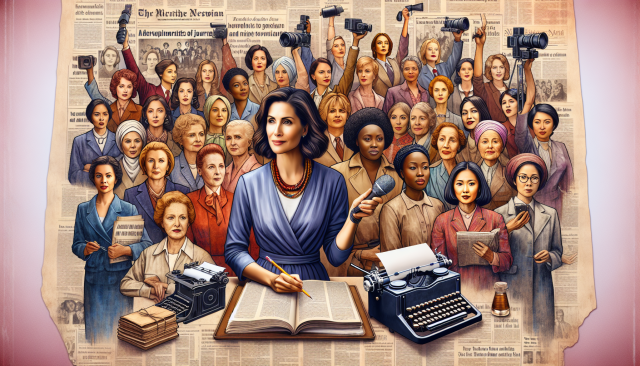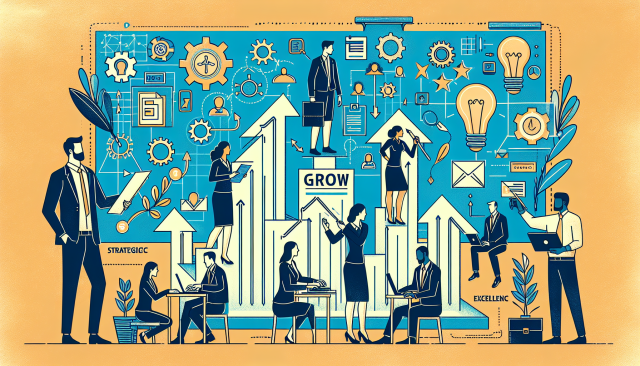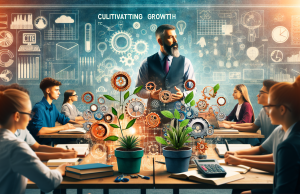Cultivating Success: The Mindset Shift Every Agro Professional Needs for a Thriving Career
Cultivating Success: The Mindset Shift Every Agro Professional Needs for a Thriving Career
In the dynamic and ever-evolving world of agriculture, professionals must navigate a landscape that demands both resilience and adaptability. The path to success in this field is not just about the skills you bring to the table but also the mindset you cultivate. As the global demand for sustainable agriculture practices intensifies, agro professionals are uniquely positioned to make a significant impactif they approach their careers with the right mindset.
Understanding the Agricultural Landscape
Agriculture is more than planting seeds and harvesting crops; it’s a complex ecosystem that involves understanding climate change impacts, adopting new technologies, and managing supply chains. Agro professionals today are tasked with addressing food security, sustainability, and resource managementall while navigating global economic changes. The need for innovation and strategic thinking has never been more critical.
Shifting Your Mindset for Success
1. Embrace Change and Innovation: The agricultural sector is ripe with technological advancements, from precision farming to blockchain in supply chains. To stay competitive, agro professionals must be open to learning and integrating new technologies into their work. Shift from a mindset of ‘this is how we’ve always done it’ to ‘what can we do differently to improve.’
2. Adopt a Growth Mindset: According to psychologist Carol Dweck, a growth mindset is the belief that abilities can be developed through dedication and hard work. This perspective fosters a love of learning and resilience, which are essential in the ever-changing field of agriculture.
3. Network and Collaborate: Success in agriculture is often collaborative. Building a robust network allows you to share knowledge, gain new insights, and unite for larger causes such as policy change or industry advancements. Attend industry events, join professional groups, and engage with thought leaders in agriculture.
4. Focus on Sustainability: With the increasing importance of sustainable practices, agro professionals must prioritize environmental stewardship. This shift not only meets consumer demand for sustainable products but also ensures long-term viability and success.
Practical Steps for Career Advancement
Once you have embraced the necessary mindset shifts, it’s time to put them into action. Here are some strategies:
Continuous Education: Enroll in courses that keep you updated on the latest agricultural trends and technologies. Certifications in sustainable practices or precision agriculture can set you apart from your peers.
Leverage Technology: Use data analytics and digital tools to improve efficiency and outcomes in your projects. Technology isnt replacing traditional farming; its enhancing it.
Mentorship: Seek mentors who can provide guidance and share their experiences. In return, consider mentoring younger professionals in the field to foster a culture of knowledge-sharing.
Conclusion
The secret to a successful job search and career in agro is more than just looking for opportunities; it’s about preparing yourself mentally and skill-wise to seize them. By shifting your mindset, embracing change, and focusing on continual growth, you position yourself at the forefront of agricultural innovation. As an agro professional, the role you play is crucial in shaping the future of food and sustainability. Embrace this responsibility with an open mind, and watch your career flourish.































